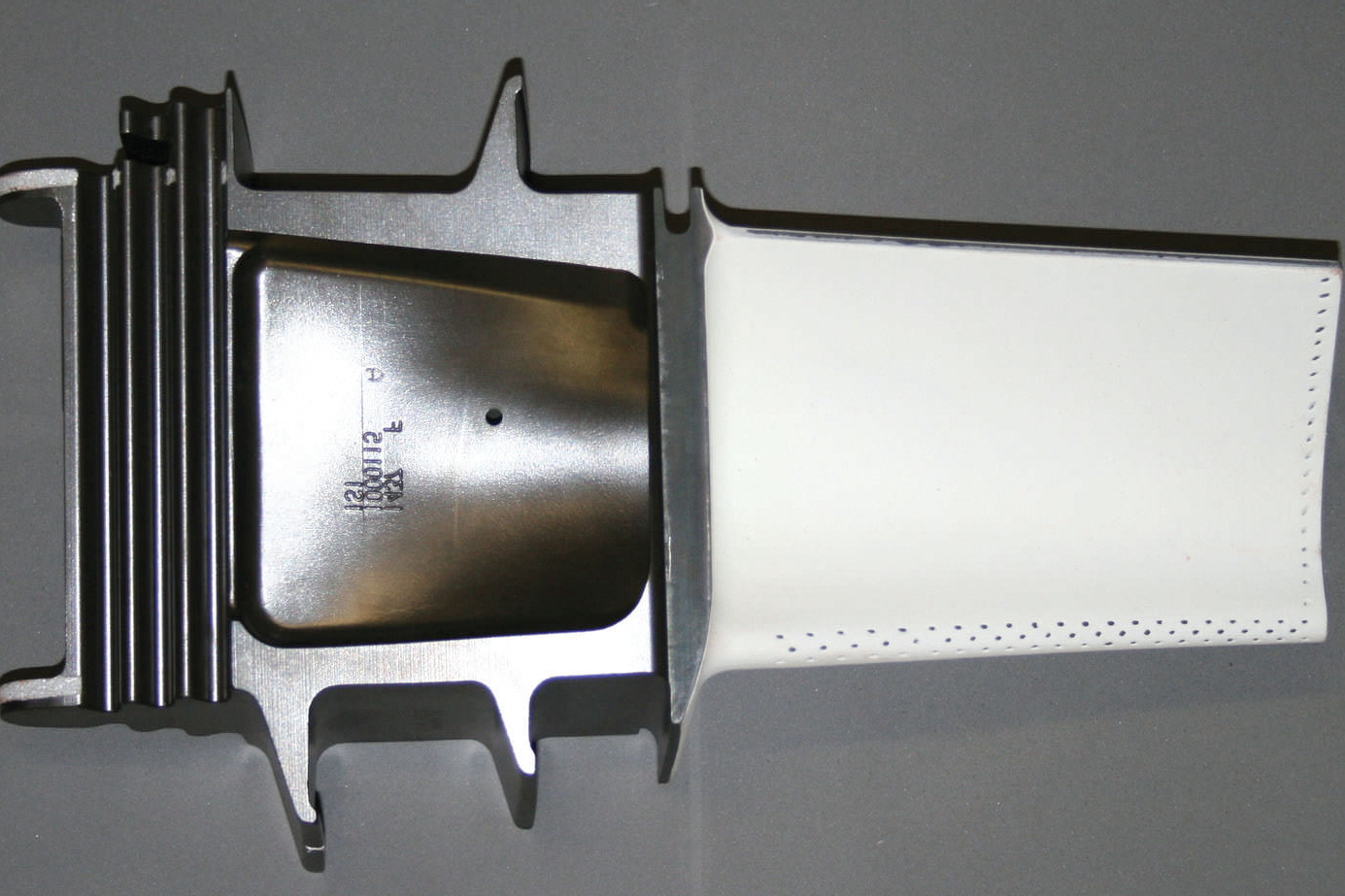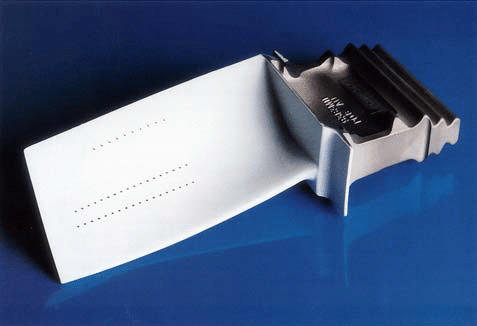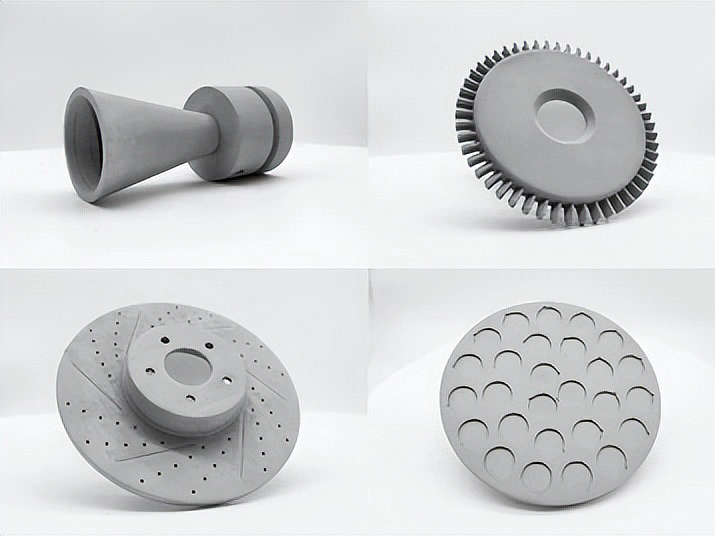What ceramic materials are commonly used in Binder Jetting?
What Ceramic Materials Are Commonly Used in Binder Jetting?
Overview of Ceramic Binder Jetting
Binder Jetting is well-suited for producing ceramic components with moderate to high complexity in large quantities. The process involves selectively depositing a binder onto a ceramic powder bed to form a green part, which is then sintered to achieve final strength and density. Binder Jetting does not involve localized heat during printing, allowing for rapid build rates, no support structures, and easy scalability.
Common Ceramic Materials Used in Binder Jetting
Alumina (Al₂O₃)
Alumina is the most widely used ceramic in Binder Jetting due to its excellent electrical insulation, high hardness, and thermal resistance.
Dielectric strength: >10 kV/mm
Applications: Electrical insulators, wear-resistant parts, and biomedical components
Silicon Carbide (SiC)
Silicon Carbide is valued for its high thermal conductivity, hardness, and resistance to corrosion and wear.
Operating temperature: >1,400°C
Applications: Heat exchangers, mechanical seals, and high-load structural parts
Silicon Dioxide (SiO₂)
Silicon Dioxide is commonly used for low-density, thermally stable parts.
High dimensional stability
Applications: Casting cores, investment molds, and lightweight structural elements
Zirconia (ZrO₂)
Zirconia is utilized for its fracture toughness, biocompatibility, and thermal insulation.
Fracture toughness: ~7–10 MPa·m½
Applications: Dental crowns, oxygen sensors, and structural implants
Glass-Filled Ceramics
Glass-filled ceramics offer enhanced formability and smooth surface finishes.
Ideal for intricate designs and rapid prototyping
Applications: Decorative ceramics, consumer product prototypes
Customer-Oriented Solutions and Services
To support ceramic part development using Binder Jetting, we provide:
3D Printing Technologies:
Access high-throughput Binder Jetting under our Ceramic 3D Printing services for scalable, cost-effective production.
Advanced Ceramic Materials:
Select from technical ceramics like Alumina, Silicon Carbide, Zirconia, and Silicon Dioxide.
Industry Applications and Finishing:
Explore part-specific solutions for medical, energy, and consumer electronics, supported by surface treatment and CNC machining.



